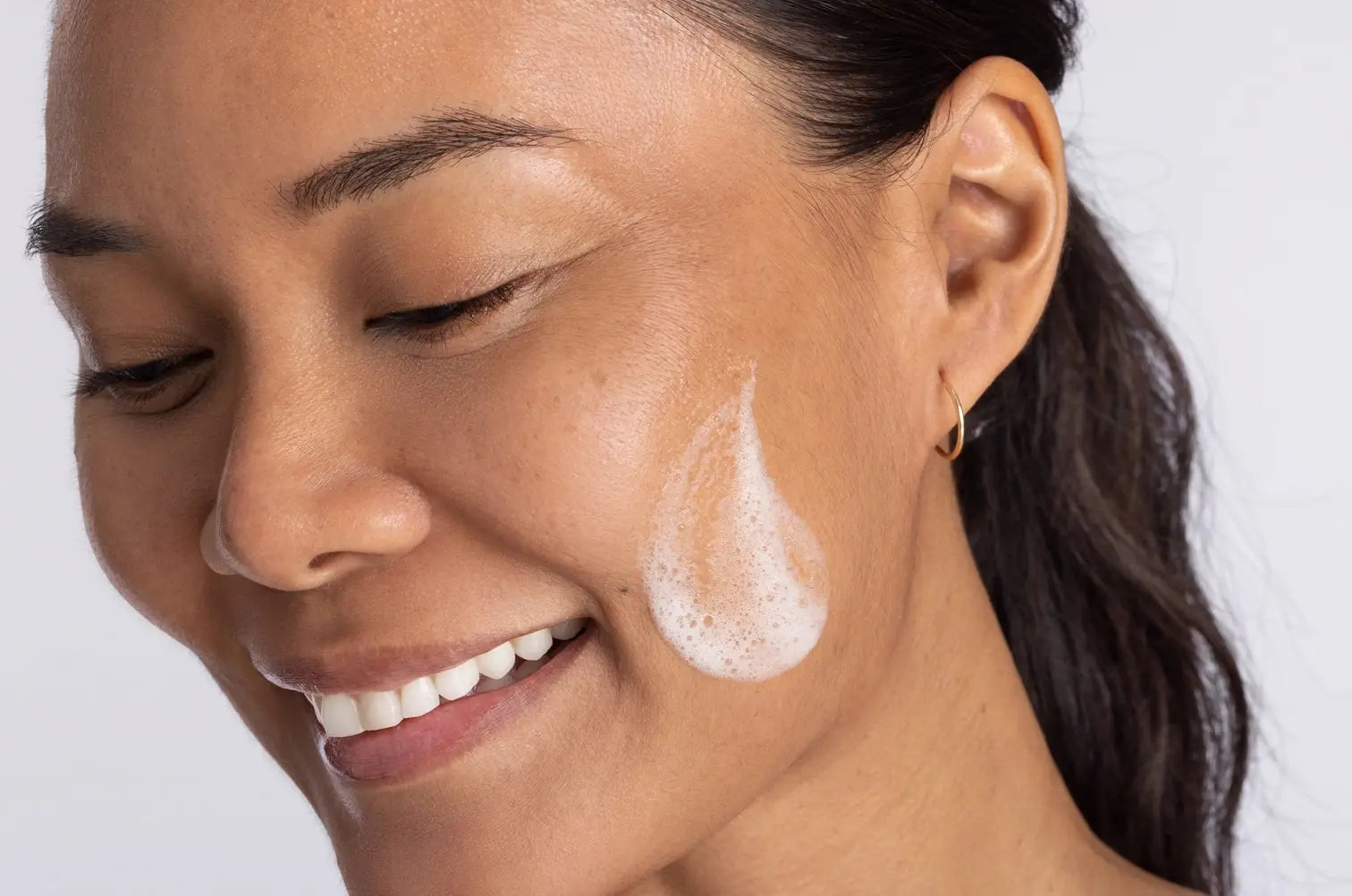Did you know that people today live on average 30 years longer than people did 100 years ago? This incredible leap in human longevity is no accident: medical advancements like antibiotics, vaccines, and life-saving surgeries have made it possible for us to far exceed the lifespans of our ancestors.A century ago, skin health didn’t make much difference – by the time skin started to decline and diseases like skin cancer began to emerge, most people had already died of something else. But today, we need our skin to stay healthy for much longer. While human skin has evolved over millennia to protect the body against environmental aging, it hasn’t evolved quickly enough to keep up with the rapid increase in human lifespan. Without evolution to help us out, it’s up to each of us to manage our own skin health – taking protective measures to prevent skin aging so our skin can remain strong well into our golden years.Luckily, longevity scientists here at OneSkin have created solutions to prevent skin aging before it imparts lasting damage. Let’s explore the science behind aging prevention and when is the best time to start protecting your skin.



